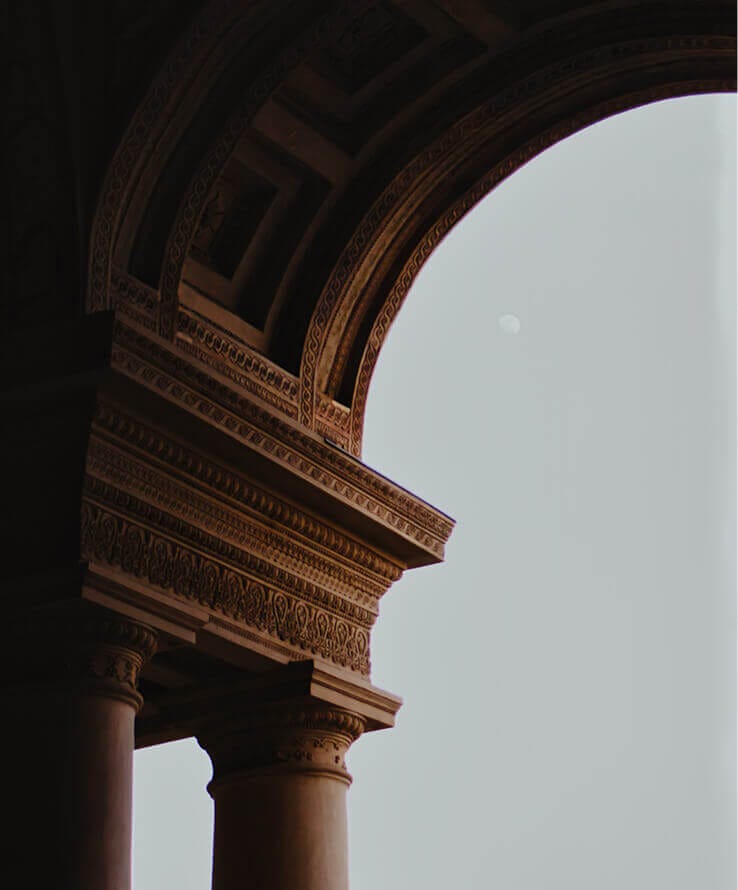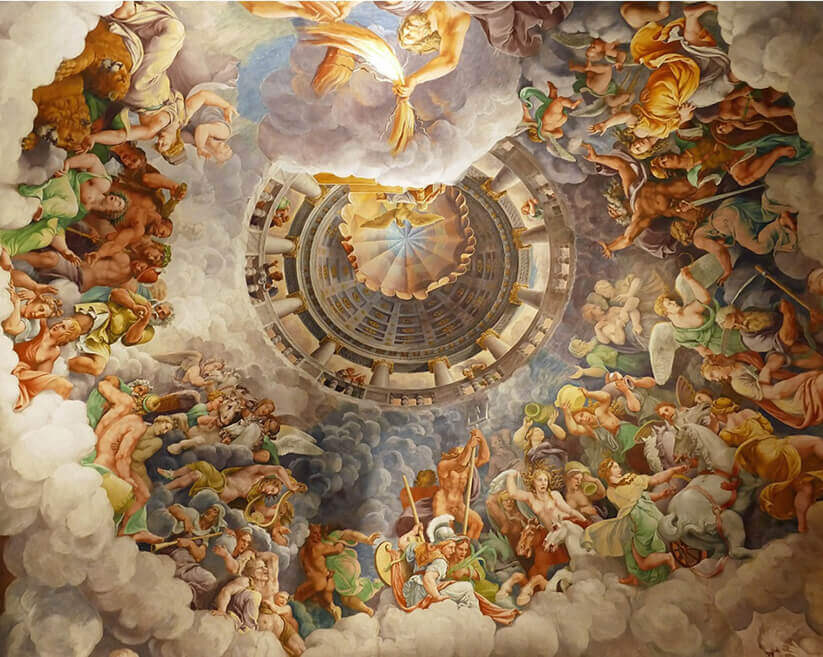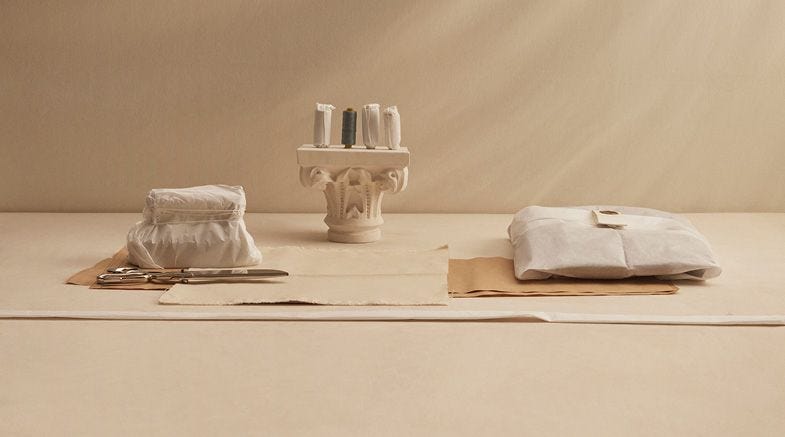Light, bright and with a natural insulating power ten times greater than that of wool. The high prestige of cashmere is well-known, which is why it is one of the most sought-after and appreciated fabrics. But where does cashmere come from? From the Hircus goat, which currently produces the most sought-after type. The production of this fine fibre is linked to a tradition that dates back thousands of years, handed down by the nomadic shepherds of Mongolia, south-western China, Iran, Tibet, northern India and Afghanistan, and which only first became known in Europe from the 19th century onwards. The high quality of the fibre derives above all from the nomadism of the herds, which constantly move to new terrains and are thus able to maintain a fine coat. The Cashmere goats of the nomadic shepherds are combed once a season and each one produces between 100 and 200 grams of fibre. Once processed, this becomes the highly prized yarn used for the knitwear, coats, warm and soft scarves that we all know and appreciate.
Cashmere, a fibre to be protected
When we talk about cashmere, it is therefore already obvious that we are also talking about a very delicate and slow production process - just think that to produce a cashmere jumper you need the wool of about 4 goats - which is impossible to keep intact, with a high demand for the fibre.
The origin of the problem lies right here, in the fact that cashmere, due to its very high qualities, has become the object of desire of millions of consumers: with the emergence of intensive farming, the lifestyle of the Hircus goat has therefore undergone a sudden change. They have been moved from the countryside to pens and are now frequently combed in an attempt to gather more fibre.
Regenerated and recycled cashmere, a sustainable solution
Cashmere is therefore clearly a special fibre which, like others, has a social and cultural value that must be duly recognized.
The positive aspect of cashmere is that, due to its exquisite quality, it has a longer life than other textile fibres. So, when a sweater or coat is in very poor condition and is no longer worn, it can be recycled, turned into fibre and then spun again. Recycled cashmere is a natural, recyclable material of a quality that remains excellent.
Corneliani Circle, a move towards sustainability with regenerated cashmere
Corneliani, with a view to embarking on a serious path of responsibility, has created Corneliani Circle, a sustainable Capsule Collection in which the philosophy of progress and change is combined with an alignment of the future business, and the methods, certifications and international standards that regulate the compatibility of industrial processes. This logic gives rise to garments made using natural and organic fibres made by companies and suppliers that have been travelling on the path of sustainability for some time. The certified fabrics include cashmere, wool, linen, and regenerated cotton, natural algae fibres, nylon and recycled polyester. The eco-cashmere used by Corneliani for the garments in its collections is 50 % recycled cashmere and 50 % cashmere obtained from virgin fibre sourced in Mongolia, ensuring elasticity and superior quality.






Scopri gli abiti e giacche Corneliani
Eleganza essenziale, materiali ricercati, fit impeccabili. Abiti e giacche si svelano come classici sartoriali in modellature e costruzioni rilassate. Dalle giacche monopetto e doppiopetto agli abiti eleganti per un quotidiano ricercato, il Made in Italy trova nella collezione Primavera Estate 2022 un'espressione solida e allo stesso tempo fluida.

